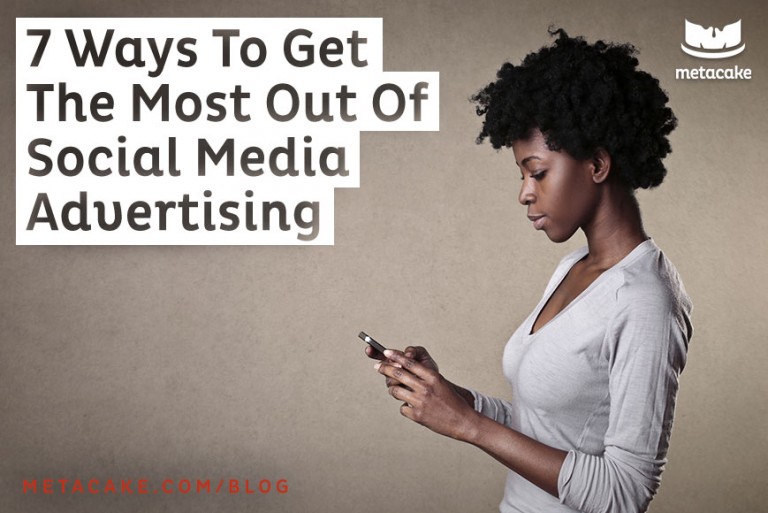Everyone knows that social media is essential today, especially in the ecommerce world.
The good news is that social selling has become a huge additional channel for ecommerce retailers. Social media is no longer just about audience building, but a direct sales channel in itself.
But how do you approach social media for ecommerce in a way that actually drives measurable results (so that you can look your CFO in the eye)?
The Two Faces of Social Media
The first thing to note is that social media has two sides: organic and paid. And just like for search where you have organic and paid traffic, you need to be focused on both.
Organic
To leverage organic social,you must have an audience that wants to hear form you, and this takes time and strategy to build.
If you have an engaged audience, then the question becomes how to activate them and, of course, to track results,
If you don’t have one, work on starting to build one, and focus on paid social to deliver results in the short term.
Paid
Paid social is available to everyone, and comes in several forms. All of the major social channels are supporting paid advertising these days and often have several different forms.
Whether you have a massive organic audience or are mostly focused on paid social, here are the 7 guidelines you should follow to get the most out of social media.
NOTE: Some of these guidelines may seem basic, but it’s amazing how many businesses aren’t following them!
7 Tips to Get the Most out of Social Media
1) Make unique URLs all of the time
It’s important that every campaign on every channel (and perhaps even every ad variation) have a unique URL. This is essential to meaningfully tracking the effectiveness of your individual campaigns and social media channels.
Tag your URLs with the right UTM parameters. These will track not only through Google Analytics but most other analytics software so that you can drill down into the analytics for each campaign and determine the ROI.
NOTE: Don’t forget your regular social activity. If you do a post on twitter, that is a campaign that you should be tracking. If you’re not tracking this and someone clicks through your post to your site and makes a purchase, you’ll have no idea how to attribute that revenue. You won’t know what’s working and what’s not working or how to improve your social posts over time.
2) Use a URL shortener
If you’re doing the above and tagging your URLs correctly, they are going to be long and ugly. Make sure to shorten them with a service like bit.ly. This not only makes your URLs more shareable, but it lowers the possibility that your URL parameters will get messed up.
Believe it or not, people (and bots) do mess with UTM parameters if they are visible, either taking them off or worse actually changing them. So secure your UTM parameters by using a URL shortener.
It also provides another way to track clicks on your links.
3) Pay to play
Like we mentioned up top, even if you have a strong organic social audience, you need to be doing paid social advertising as well.
Currently, in platforms like Facebook, unless you pay to boost your posts, you don’t reach your full organic reach… in fact, you are only reaching 16% of your audience (at best)! For large audiences, you could be reaching as low as 2%.
Also make sure you install the pixel for your social media channels so that you are tracking these campaigns.
4) Make it social
Whether an organic post or a paid ad, make your content social. Make it something that people want to share. Even with an ad, people can still like it, share it, comment on it…use this to your advantage. The best paid ads are the ones that get shared!
It’s actually better if your ads don’t look like ads at all. Make your ads something people want to interact with and benefit from sharing with their friends.
5) Use flash sales
Flash sales were very trendy and overused for a while, but they are a very effective way to get a short burst of sales. Instagram is an especially great channel to use these limited time limited quantity sales.
6) Focus on great imagery
Social media thrives on pictures and images. So make sure your imagery is up to snuff and stands out on these super visual channels. Use this as an opportunity to showcase your great product photography and brand imagery.
NOTE: Don’t just assume your visual preferences are the visual preferences of your audience. Test different imagery (even against Facebook stock photos) to see what resonates best with your audience. Then take these learnings from social and apply them to other advertising channels.
7) Give Facebook messenger a shot
Advertisers are now using Facebook messenger in an innovative way. Did you know that each Facebook account has an email address that sends messages directly to Facebook messenger? Leveraging this, you can follow your same email marketing strategy through Facebook messenger and see if this channel works for you.
Typically Facebook messenger gets even better engagement than email. it is direct and person…and better yet, just like your email, it can be automated!
